Home>Maintenance & Safety>Safety Equipment & Products>What Is A Home Safety Walkthrough
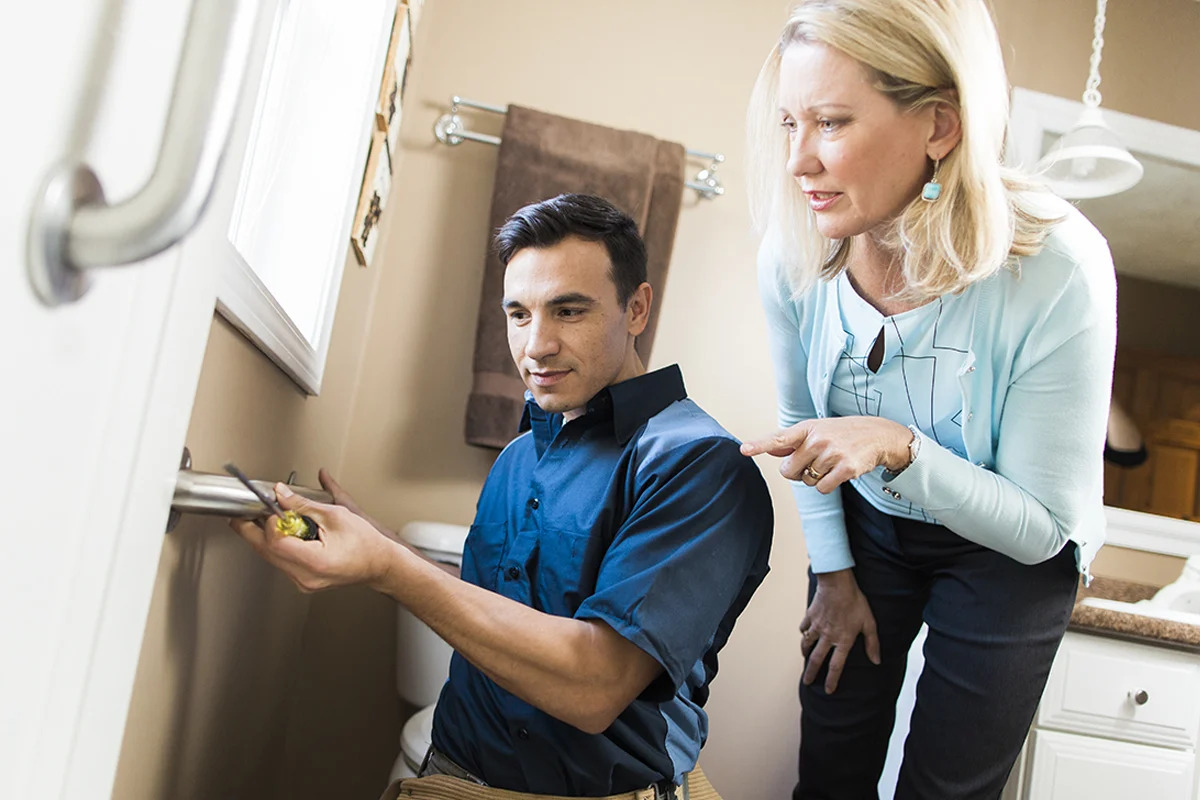

Safety Equipment & Products
What Is A Home Safety Walkthrough
Modified: October 20, 2024
Learn how to conduct a comprehensive home safety walkthrough and ensure the proper use of safety equipment and products. Keep your home safe and secure.
(Many of the links in this article redirect to a specific reviewed product. Your purchase of these products through affiliate links helps to generate commission for Storables.com, at no extra cost. Learn more)
Introduction
Welcome to the comprehensive guide on conducting a home safety walkthrough. Your home should be a sanctuary, a place where you and your loved ones feel secure and protected. However, without proper safety measures in place, the risk of accidents and injuries can significantly increase. This is where a home safety walkthrough becomes invaluable.
By proactively identifying potential hazards and taking necessary precautions, you can create a safer environment for everyone in your household. In this article, we will delve into the importance of home safety walkthroughs, the process of conducting one, common home safety hazards to look for, tips for improving home safety, and much more. Whether you're a new homeowner, a concerned parent, or simply someone who wants to enhance the safety of their living space, this guide is for you. Let's embark on a journey to fortify the safety of your home and provide peace of mind for you and your family.
Key Takeaways:
- Conducting regular home safety walkthroughs helps prevent accidents, promotes awareness, and provides peace of mind for your family. It’s a proactive way to create a secure living environment.
- By implementing tips like installing adequate lighting, childproofing, and maintaining electrical safety, you can significantly improve the overall safety of your home. It’s an ongoing commitment to safeguarding your household.
Read more: What Is A Home Safety Concern
Importance of Home Safety Walkthroughs
Home safety walkthroughs play a pivotal role in safeguarding the well-being of your household. They serve as proactive measures to identify and address potential hazards before they escalate into accidents. By conducting regular safety walkthroughs, you can mitigate risks and create a secure living environment. Here are several key reasons why home safety walkthroughs are essential:
- Prevent Accidents: A thorough safety walkthrough enables you to identify and rectify potential hazards, reducing the likelihood of accidents such as slips, trips, and falls.
- Promote Awareness: By actively assessing the safety of your home, you raise awareness about potential risks among family members, fostering a safety-conscious mindset.
- Protect Children and Pets: Children and pets are particularly vulnerable to household hazards. Conducting regular safety walkthroughs helps create a safer environment for them to thrive in.
- Peace of Mind: Knowing that your home is free from common safety hazards provides peace of mind and allows you to enjoy your living space without constant worry.
- Preparation for Emergencies: Identifying and addressing safety concerns prepares you for emergencies, ensuring that your household is equipped to handle unforeseen situations.
Ultimately, home safety walkthroughs empower you to take proactive steps in protecting your loved ones and maintaining a secure home environment. By recognizing the importance of these walkthroughs, you can prioritize safety and well-being within your household.
Conducting a Home Safety Walkthrough
Conducting a thorough home safety walkthrough involves a systematic assessment of your living space to identify and address potential safety hazards. By following a structured approach, you can ensure that no area or potential risk is overlooked. Here’s a step-by-step guide to conducting a comprehensive home safety walkthrough:
- Start with the Exterior: Begin by examining the exterior of your home, including the entryways, pathways, and outdoor areas. Look for uneven surfaces, loose steps, overgrown vegetation, and inadequate lighting that could pose safety risks.
- Assess Indoor Spaces: Move indoors and assess each room methodically. Check for tripping hazards such as loose rugs, cluttered walkways, and obstructed pathways. Inspect the condition of flooring, stairs, and handrails to ensure stability and safety.
- Inspect Electrical and Fire Safety: Evaluate the condition of electrical outlets, cords, and appliances for any signs of damage or overloading. Test smoke detectors and carbon monoxide alarms to verify their functionality and replace batteries if necessary.
- Review Kitchen and Bathroom Safety: Focus on potential hazards in the kitchen and bathroom, such as slippery floors, hot surfaces, sharp objects, and unsecured cabinets. Ensure that safety measures are in place to prevent burns, cuts, and falls.
- Check for Poisoning Risks: Identify and secure household chemicals, medications, and potentially toxic substances to prevent accidental poisoning. Keep these items out of reach of children and pets.
- Assess Security Measures: Verify the effectiveness of locks, alarms, and security systems to enhance home security. Address any vulnerabilities that could compromise the safety of your home.
Throughout the walkthrough, take note of any safety concerns and prioritize addressing them promptly. Engage other household members in the process to raise awareness and encourage their participation in maintaining a safe living environment. By conducting regular safety walkthroughs using this structured approach, you can proactively mitigate potential risks and enhance the overall safety of your home.
When conducting a home safety walkthrough, make sure to check for potential hazards such as loose rugs, exposed cords, and slippery floors. This will help prevent accidents and keep your home safe.
Common Home Safety Hazards to Look for
During a home safety walkthrough, it’s essential to be mindful of common hazards that can compromise the safety of your living space. By familiarizing yourself with these potential risks, you can effectively identify and address them to create a safer home environment for everyone. Here are some common home safety hazards to look for:
- Tripping Hazards: Loose rugs, clutter, electrical cords, and uneven flooring can pose tripping hazards, especially in high-traffic areas of the home.
- Poor Lighting: Inadequate lighting in hallways, staircases, and outdoor areas can increase the risk of falls and accidents, particularly during nighttime.
- Electrical Risks: Damaged or frayed electrical cords, overloaded outlets, and outdated wiring can lead to electrical fires and shocks.
- Slippery Surfaces: Wet or slippery floors in bathrooms, kitchens, and entryways can result in slips and falls, especially for children and the elderly.
- Unsecured Furniture: Unstable or unsecured furniture, such as bookshelves and cabinets, can tip over and cause injuries, particularly to young children.
- Fire Hazards: Malfunctioning appliances, unattended candles, and combustible materials near heat sources can increase the risk of fires.
- Poisoning Risks: Household chemicals, medications, and cleaning products should be stored securely to prevent accidental poisoning, especially for young children and pets.
- Carbon Monoxide Exposure: Malfunctioning heating systems, blocked vents, and gas appliances can lead to carbon monoxide buildup, posing a serious health risk.
- Inadequate Security: Vulnerabilities in home security, such as faulty locks or inadequate lighting, can compromise the safety of your home and its occupants.
By being vigilant and attentive to these common home safety hazards, you can proactively address potential risks and implement necessary safety measures. Regularly assessing your home for these hazards as part of a safety walkthrough is crucial in maintaining a secure and protective living environment for your family.
Tips for Improving Home Safety
Enhancing home safety involves implementing proactive measures to mitigate potential hazards and create a secure living environment for your family. By incorporating the following tips into your safety practices, you can significantly improve the overall safety of your home:
- Install Adequate Lighting: Ensure that all indoor and outdoor areas are well-lit to minimize the risk of accidents, especially during nighttime. Consider motion-activated lights for added security.
- Secure Rugs and Cables: Use non-slip pads under rugs to prevent slipping and tripping hazards. Keep electrical cables neatly organized and secured to avoid potential accidents.
- Childproofing and Pet Safety: Implement childproofing measures such as safety gates, cabinet locks, and outlet covers to protect young children. Similarly, safeguard pets by securing hazardous items and providing designated safe spaces.
- Maintain Electrical Safety: Regularly inspect electrical cords, outlets, and appliances for any signs of damage or wear. Consider the installation of ground fault circuit interrupters (GFCIs) in areas prone to moisture.
- Fire Safety Precautions: Install smoke detectors on every floor of your home and test them regularly. Create a fire escape plan and ensure that fire extinguishers are readily accessible and in good working condition.
- Proper Storage of Hazardous Materials: Store household chemicals, medications, and sharp objects in secure and inaccessible locations, away from the reach of children and pets.
- Regular HVAC Maintenance: Schedule routine maintenance for heating, ventilation, and air conditioning (HVAC) systems to prevent carbon monoxide leaks and ensure optimal indoor air quality.
- Enhance Home Security: Invest in quality door locks, window latches, and security systems to deter potential intruders. Consider installing a video doorbell and outdoor cameras for added surveillance.
- Emergency Preparedness: Equip your home with essential emergency supplies, including first aid kits, emergency lighting, and non-perishable food items. Educate your family members about emergency protocols.
By implementing these tips and maintaining a proactive approach to home safety, you can create a secure and protective environment for your family. Regularly revisiting and updating these safety measures as part of your home safety walkthroughs will further reinforce the overall safety of your living space.
Conclusion
Conducting a home safety walkthrough is not just a precautionary measure; it’s a proactive approach to safeguarding the well-being of your household. By recognizing the importance of these walkthroughs and actively addressing potential hazards, you can create a secure and protective living environment for your family. The process of conducting a home safety walkthrough empowers you to identify common safety hazards, implement necessary safety measures, and enhance overall home safety.
Remember that home safety is an ongoing commitment, and regular safety walkthroughs are essential for maintaining a secure living space. By staying vigilant and proactive, you can address potential risks before they escalate into accidents, providing peace of mind for you and your loved ones.
As you embark on this journey to improve home safety, involve your family members in the process. Educate them about potential hazards and safety practices, fostering a collective effort to maintain a secure living environment. By working together, you can create a safety-conscious mindset within your household.
Ultimately, the goal of a home safety walkthrough is to create a space where you and your loved ones feel protected and secure. By implementing the tips and strategies outlined in this guide, you can take proactive steps to fortify the safety of your home and enjoy the peace of mind that comes with a secure living environment.
So, roll up your sleeves, gather your household members, and embark on a comprehensive home safety walkthrough. Your commitment to home safety will not only mitigate potential risks but also foster a sense of security and well-being within your cherished living space.
Frequently Asked Questions about What Is A Home Safety Walkthrough
Was this page helpful?
At Storables.com, we guarantee accurate and reliable information. Our content, validated by Expert Board Contributors, is crafted following stringent Editorial Policies. We're committed to providing you with well-researched, expert-backed insights for all your informational needs.
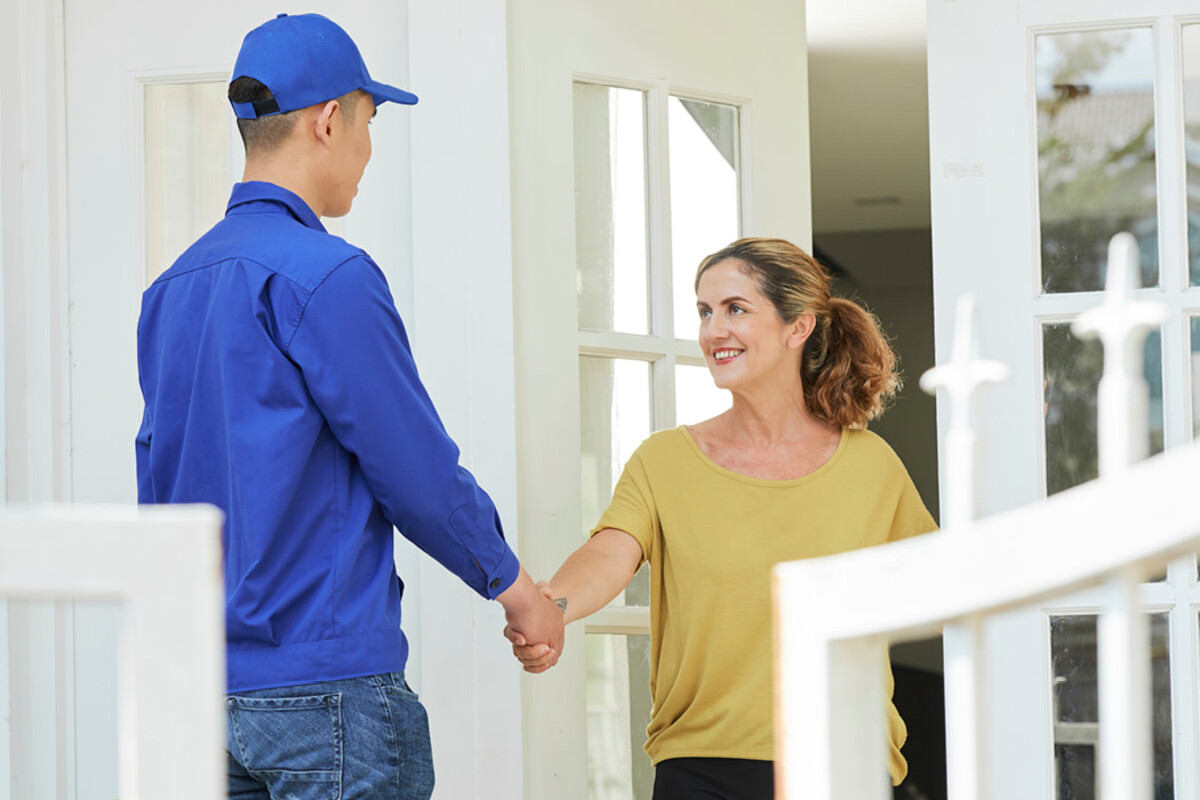
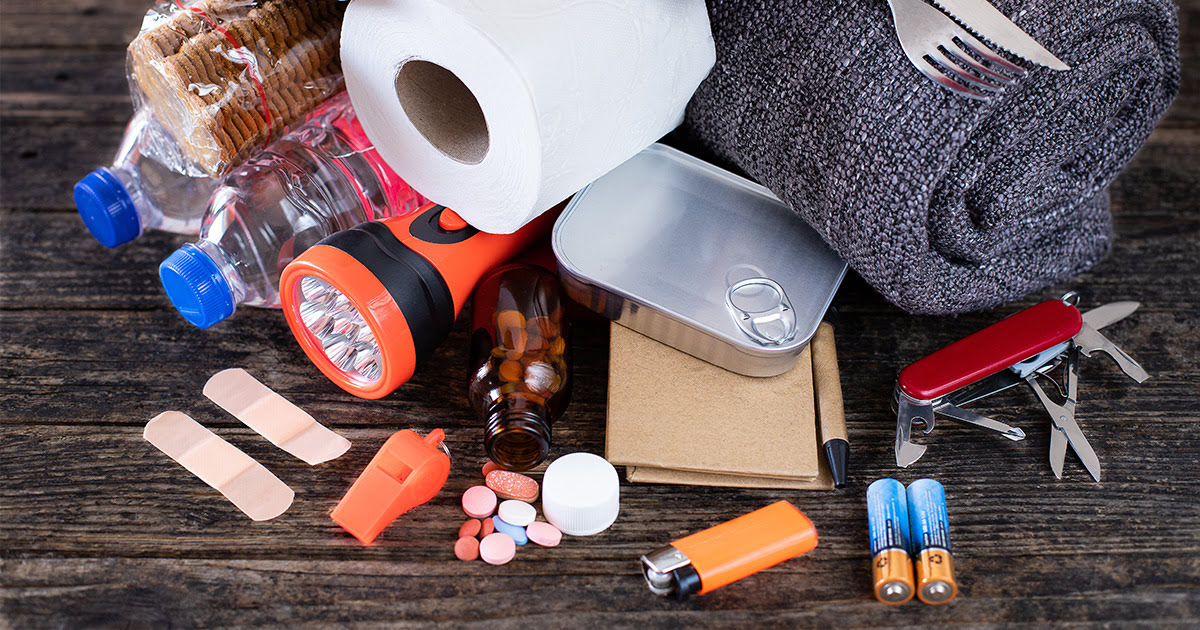
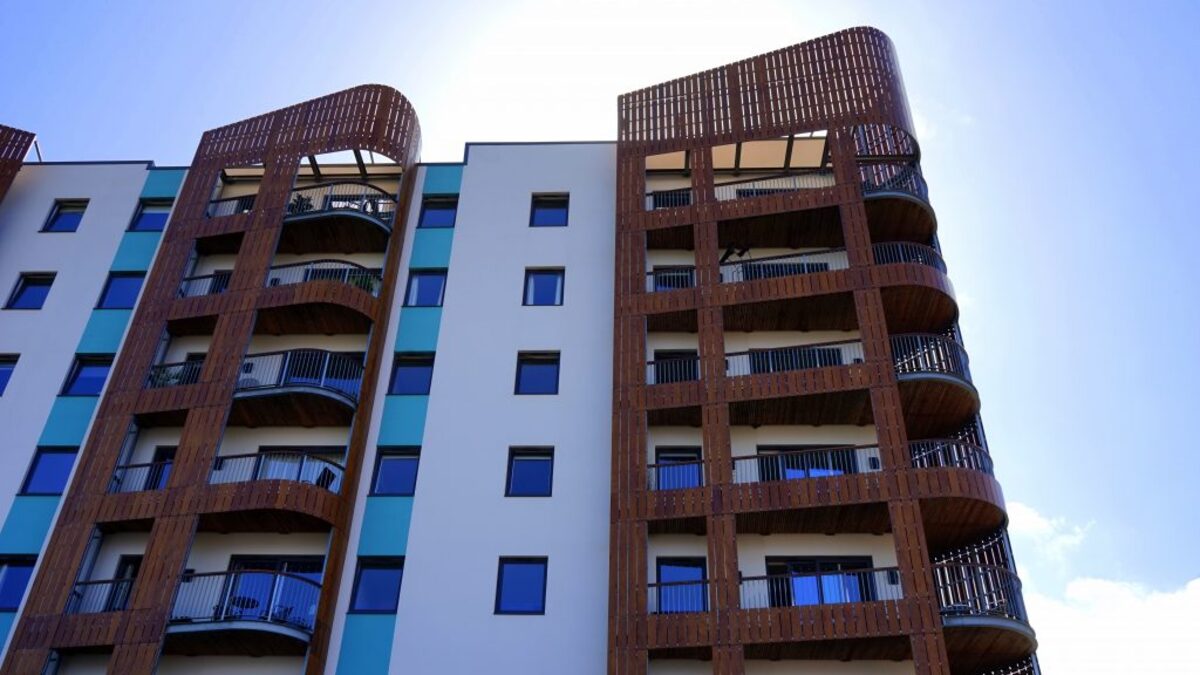
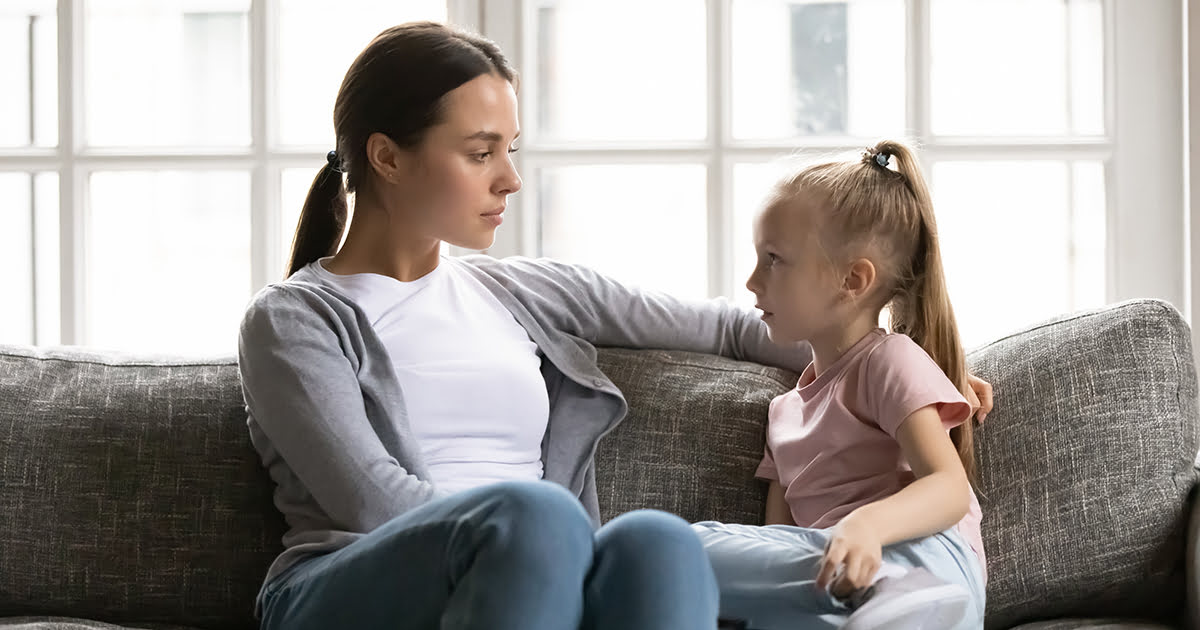
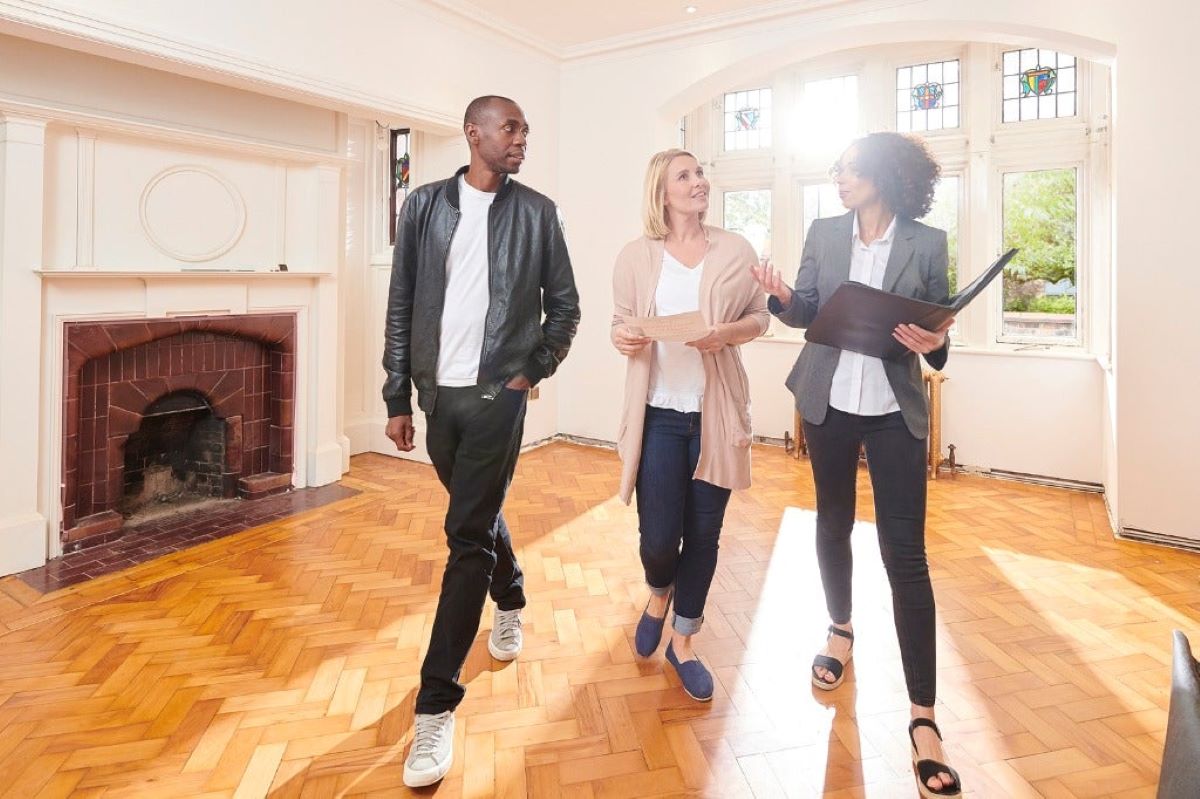
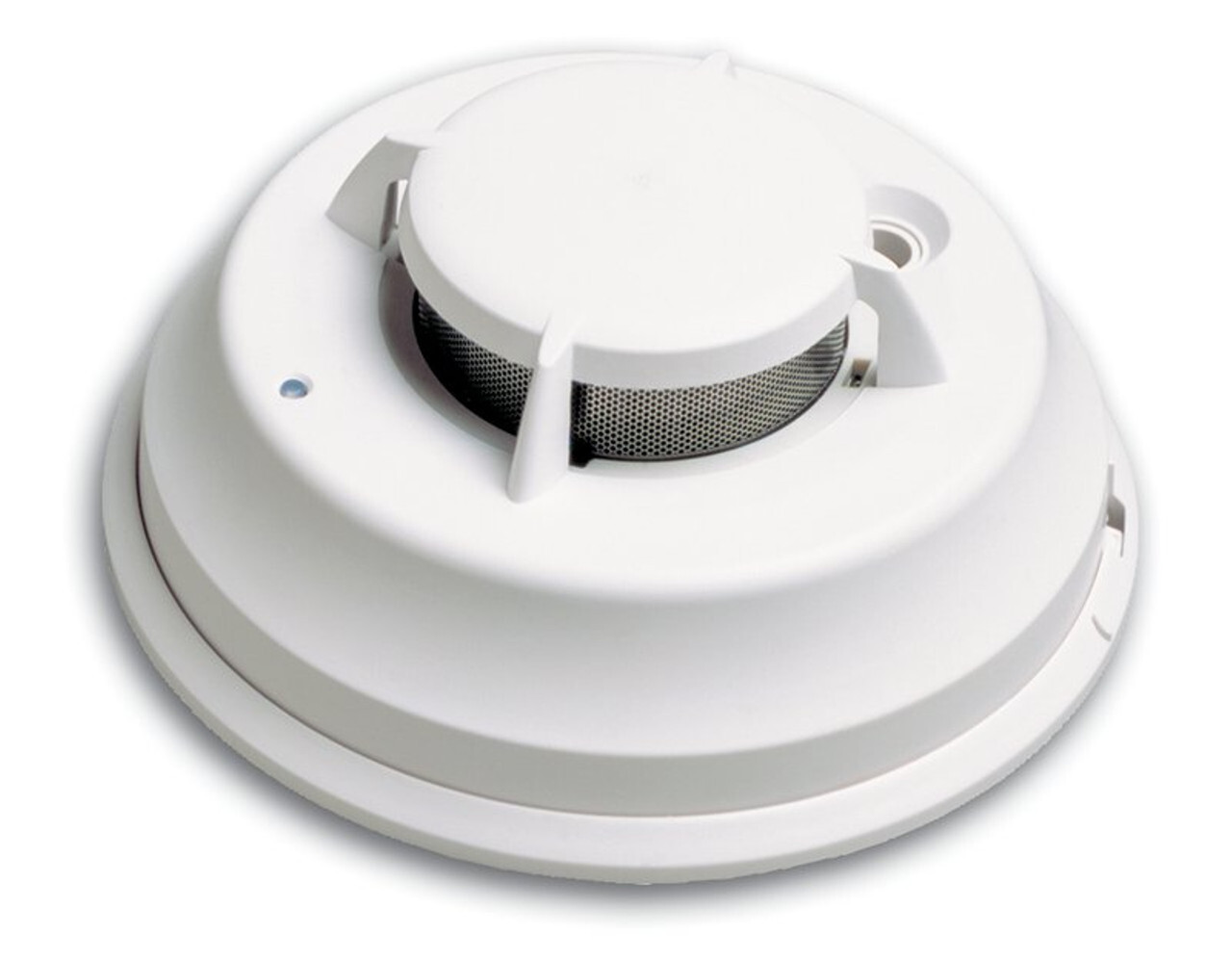
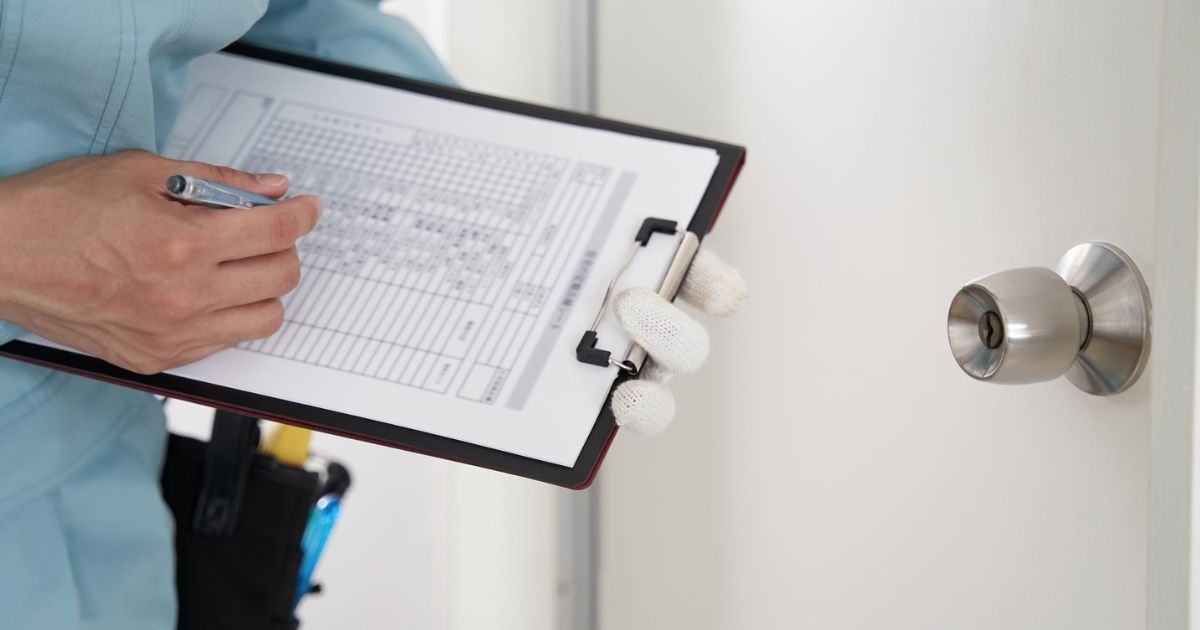

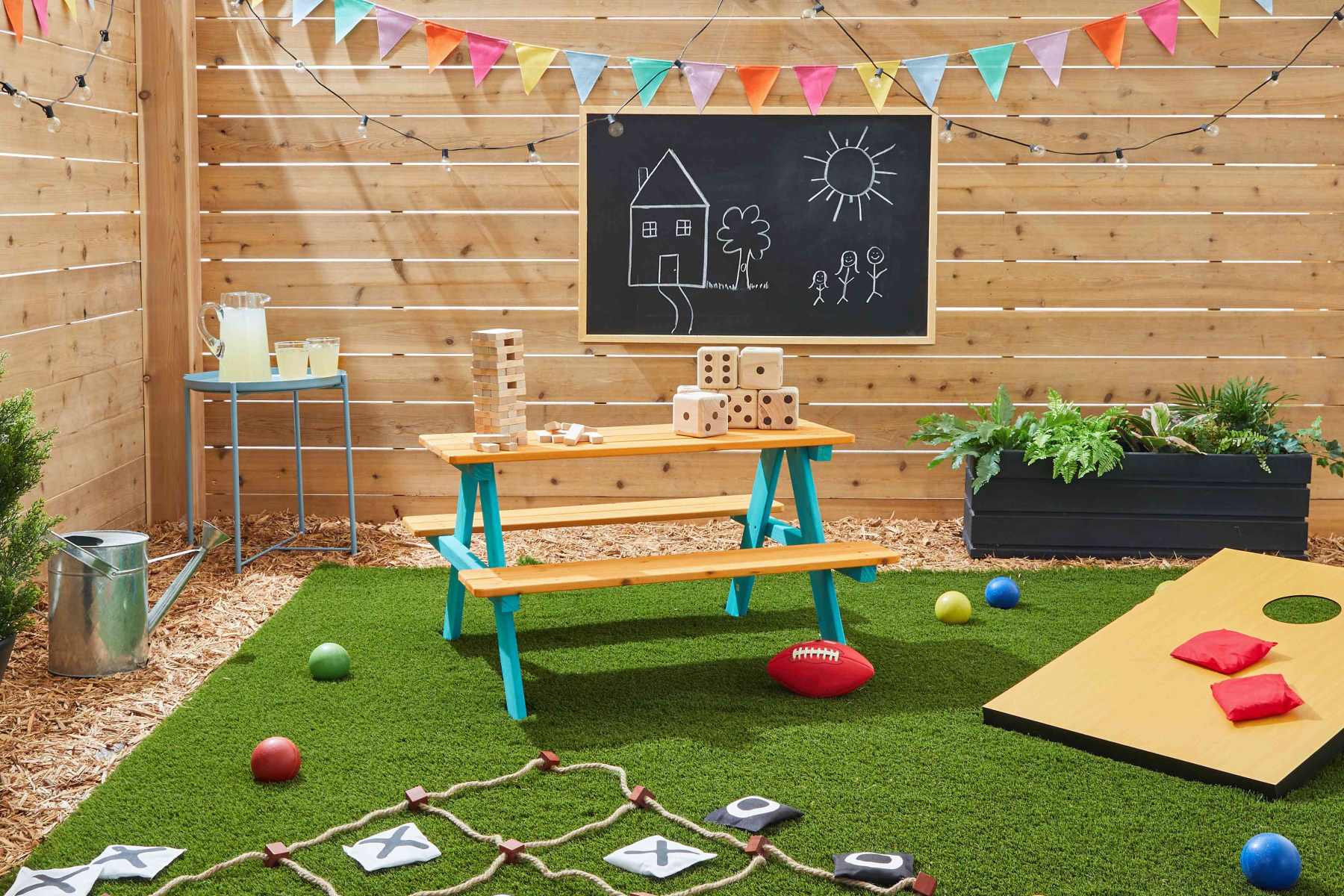
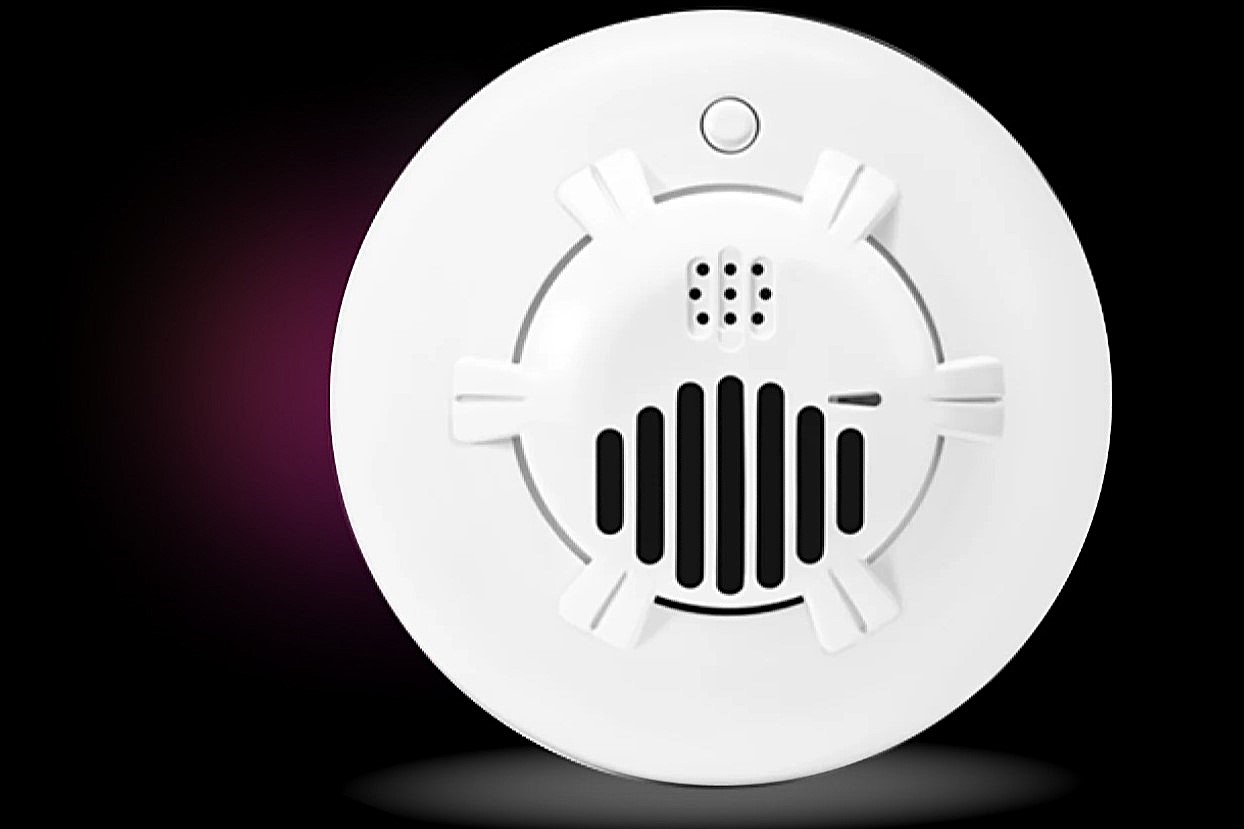
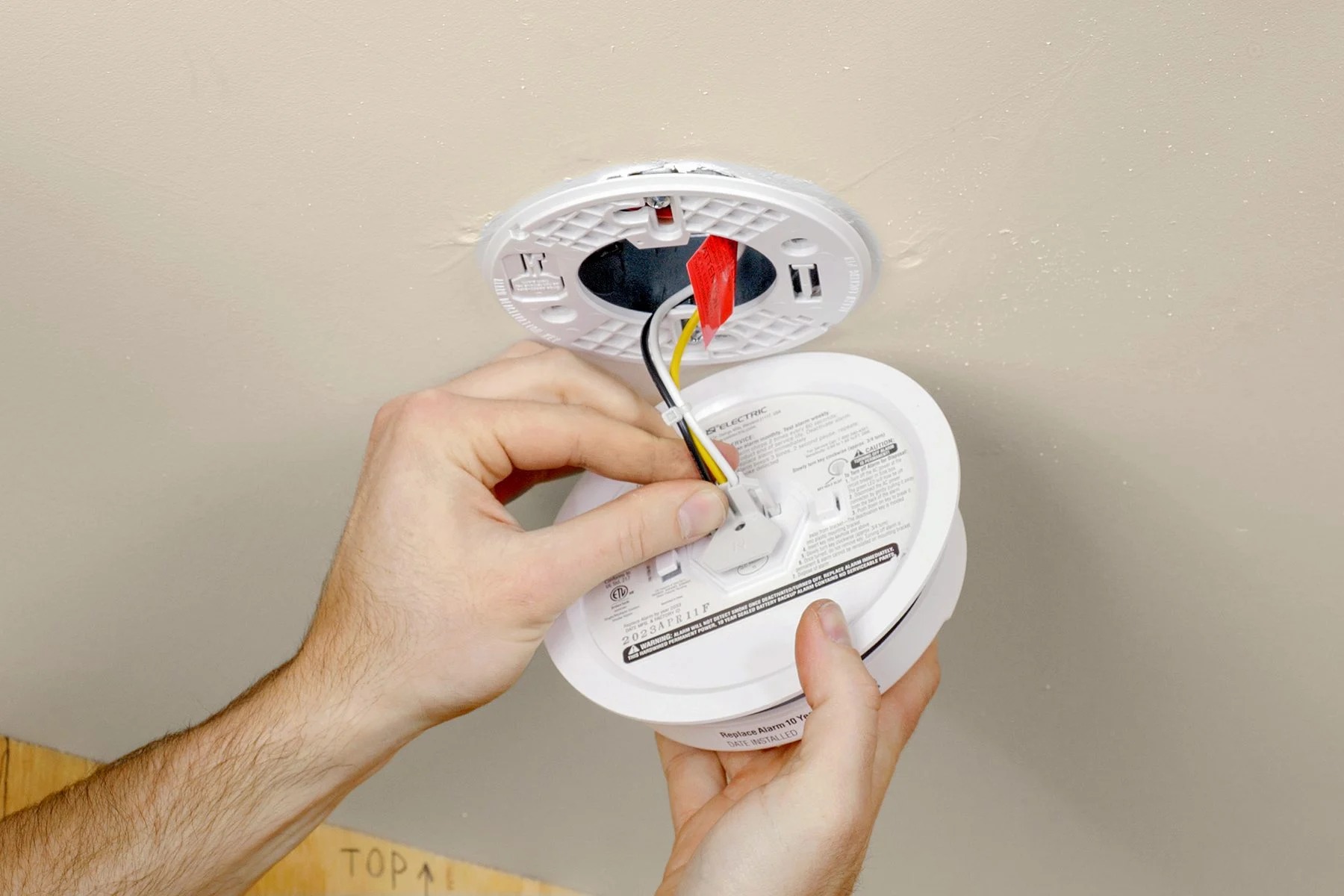
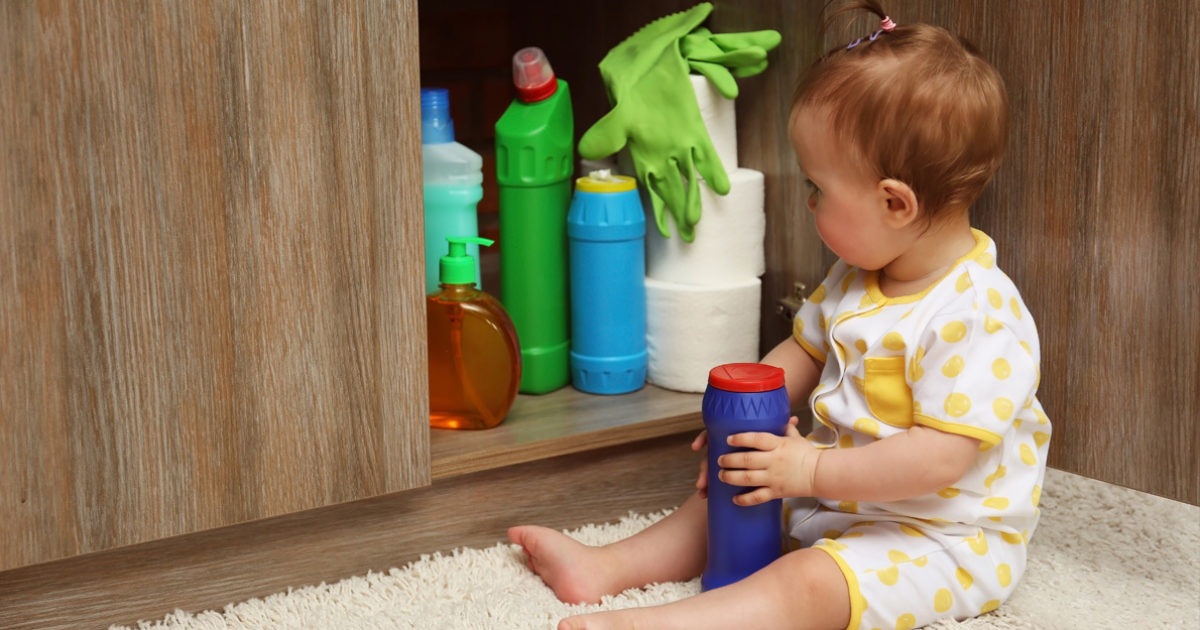

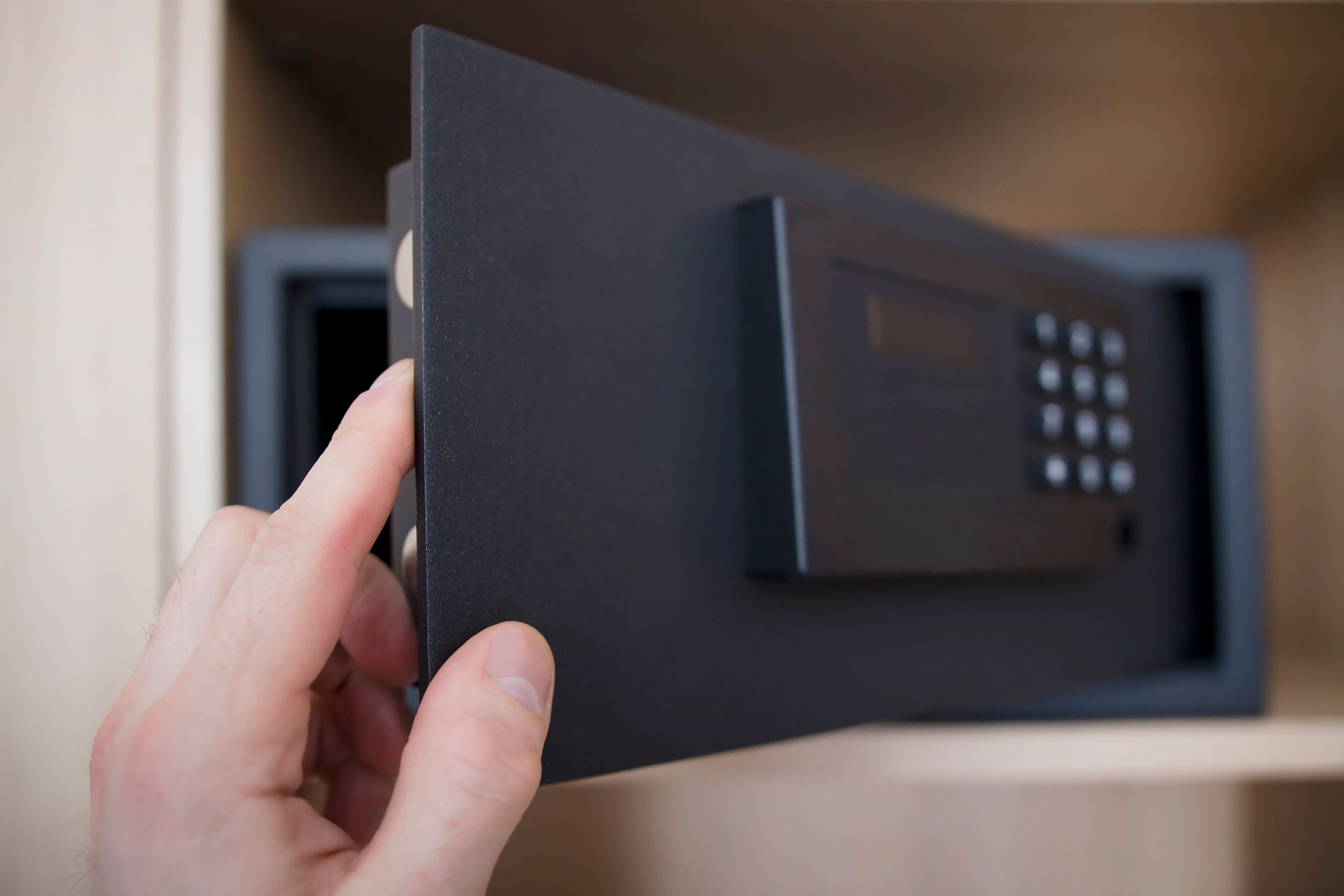

0 thoughts on “What Is A Home Safety Walkthrough”